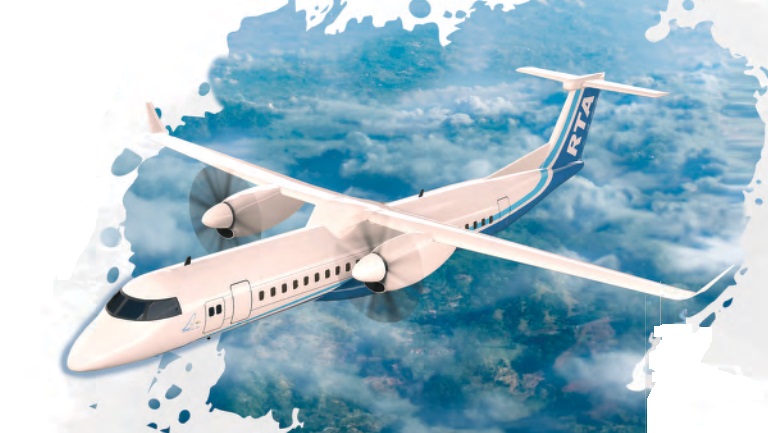SOURCE: RAUNAK KUNDE / NEWS BEAT / IDRW.ORG

The National Aerospace Laboratories (NAL) has released its annual report, highlighting significant progress in the development of the Regional Transport Aircraft (RTA). The report details various phases, from project definition to design optimization, market trend analysis, and the creation of a realistic mock-up. This endeavor represents a substantial leap in India’s efforts to contribute to regional aviation with innovative and efficient aircraft.
Here are the key highlights from NAL’s annual report:
Project Definition Phase (PDP) for RTA:
The report underscores the launch of the Project Definition Phase (PDP) for RTA in April 2022. Activities during this phase include optimizing the aircraft’s configuration, cabin cross-section, seating layout, and structural design inputs. An in-depth analysis of current aircraft in the regional turboprop category was conducted to understand market trends and preferences.
Conceptual Design of RTA90:
The conceptual design of the RTA90 began with a focus on maximizing composite materials and achieving the lowest operating empty weight ratio. Key design parameters, including wing and control surface geometry, empennage size, control surfaces, high lift devices, and spoilers, were optimized for optimal aerodynamic efficiency and performance.

Landing Gear and Engine Design:
The report highlights the determination of landing gear and engine disposition based on statistical data. This data-driven approach ensures that the RTA meets performance targets efficiently.
Avionics and Electrical Systems:
Detailed avionics systems architecture and design reports were prepared, outlining the electrical power system architecture. Studies were conducted on high-voltage AC/DC electrical power systems, electrical power sources, and secondary power distribution.
Development of RTA Mock-Up:
NAL’s report proudly notes the creation of a realistic RTA mock-up as a Proof-of-Concept (PoC). The mock-up includes a programmable pilot stick, USB-based rudder pedals, touchscreen-based panels, and a visual system capable of simulating important airports. The mock-up serves as an invaluable tool for obtaining user input and feedback.
Simulator and CFD Simulations:
The report details the development of a turboprop version of RTA’s 6 Degrees of Freedom (6 DoF) model, integrated into a simulator for control law evaluations. Computational Fluid Dynamics (CFD) simulations played a crucial role in various aspects of RTA development, including configuration studies, control power simulations, structural load generation, and optimal placement of angle of attack (AoA) vanes.
The completion of mock-up-related activities signifies a significant milestone in RTA development. It’s a testament to NAL’s dedication to advancing regional aviation technology with a focus on efficiency and innovation.
The Regional Transport Aircraft promises to be a game-changer, offering a cost-effective and environmentally friendly option for regional air travel. ADA’s meticulous planning, design, and simulation efforts showcased in the report are key indicators of India’s commitment to technological excellence and scientific innovation in aviation.
NOTE : Article cannot be reproduced without written permission of idrw.org in any form even for YouTube Videos to avoid Copy right strikes. Websites doing illegal reproductions will get DCMA and Legal Notices.